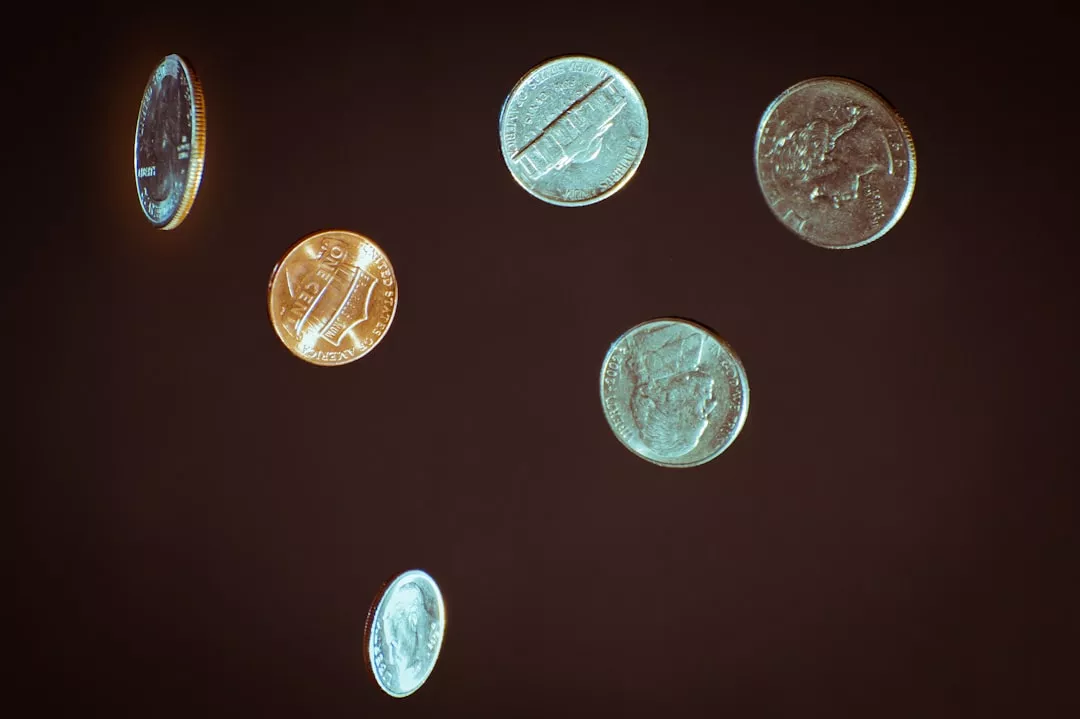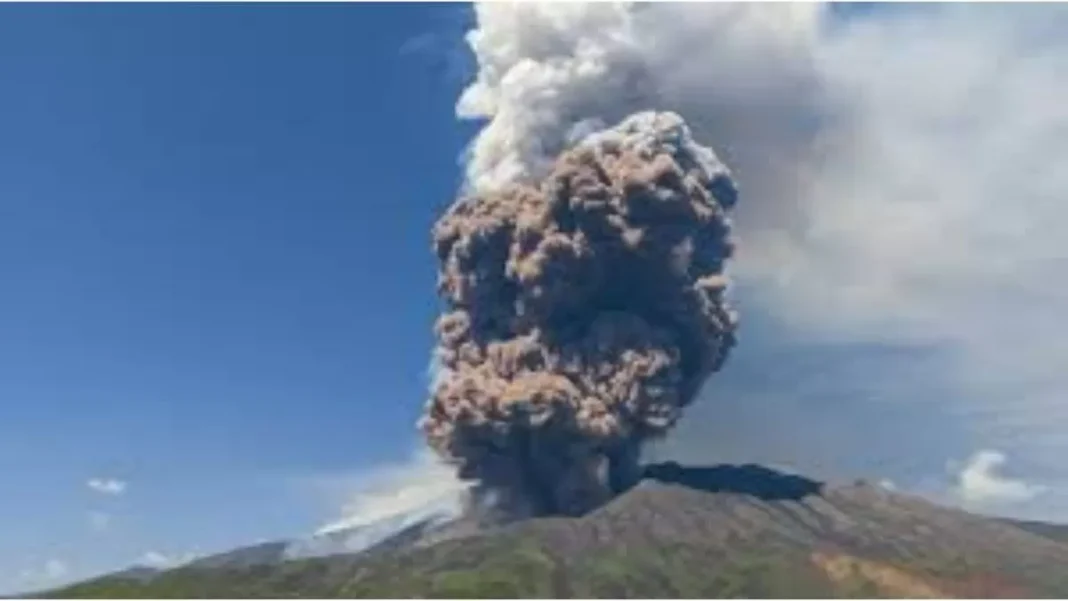In July 2025, the world was shaken by a massive 8.8 earthquake off the coast of Russia’s Kamchatka Peninsula. The powerful quake not only caused widespread destruction and loss of life, but it also triggered a series of eruptions in seven volcanoes, including the famous Klyuchevskaya Sopka and Shiveluch. This rare and spectacular event, known as the “parade of volcanoes”, had not been witnessed in nearly 300 years. Scientists were amazed and intrigued by this phenomenon, and their findings have shed new light on the unpredictable nature of our planet.
The Kamchatka Peninsula, located in the far east of Russia, is known for its stunning natural beauty and its high concentration of active volcanoes. These volcanoes are a constant reminder of the region’s turbulent geological history. However, the events of July 2025 took everyone by surprise. The earthquake, which originated in the Pacific Ocean, was felt as far as Japan and Alaska. Its impact was felt not only on land but also in the ocean, causing a series of tsunamis that added to the devastation.
But what was even more astonishing was the chain reaction that the earthquake set off in the volcanoes of Kamchatka. The eruption of Klyuchevskaya Sopka, the highest active volcano in Eurasia, was the most dramatic. It spewed ash and lava high into the sky, creating a spectacular display of nature’s power. Shiveluch, another active volcano, also erupted with great force, sending plumes of ash and gas into the atmosphere. The other five volcanoes, which had been dormant for centuries, also came to life, adding to the “parade of volcanoes”.
Scientists were quick to study this rare event and its possible causes. They found that the earthquake had altered the crustal stress in the region, making it more likely for the volcanoes to erupt. The sudden release of energy from the earthquake had disturbed the delicate balance of the Earth’s crust, causing the volcanoes to awaken from their slumber. This discovery has opened up new avenues for research and has given us a better understanding of the complex interactions between tectonic plates and volcanic activity.
One of the most intriguing aspects of this “parade of volcanoes” was the eruption of Kras, a dormant volcano that had not shown any signs of activity for hundreds of years. This unexpected event has left scientists baffled and has raised questions about the possibility of other dormant volcanoes being triggered by earthquakes. It also serves as a reminder that we still have much to learn about the inner workings of our planet.
Despite the devastation caused by the earthquake and the volcanic eruptions, there is a silver lining to this story. The eruption of the volcanoes has provided a rare opportunity for scientists to study the composition of the Earth’s mantle. The ash and lava samples collected from the volcanoes will give us valuable insights into the geological processes that shape our planet. This knowledge will not only help us better understand the Earth but also aid in predicting and preparing for future natural disasters.
The “parade of volcanoes” in Kamchatka has captured the attention of the world and has reminded us of the immense power of nature. It has also highlighted the need for continued research and monitoring of our planet’s geological activity. As we continue to advance in technology and science, we must also strive to protect and preserve our planet. The events of July 2025 have shown us that we are still at the mercy of Mother Nature, and it is our responsibility to coexist with her in harmony.
In conclusion, the rare multi-eruption event in Kamchatka in July 2025, triggered by a massive earthquake, has left a lasting impact on the scientific community. It has provided us with valuable insights into the unpredictable nature of our planet and has opened up new avenues for research. While the devastation caused by the earthquake and the volcanic eruptions cannot be ignored, we must also acknowledge the opportunities it has presented for us to learn and grow. Let us use this knowledge to better understand and protect our planet for future generations.



